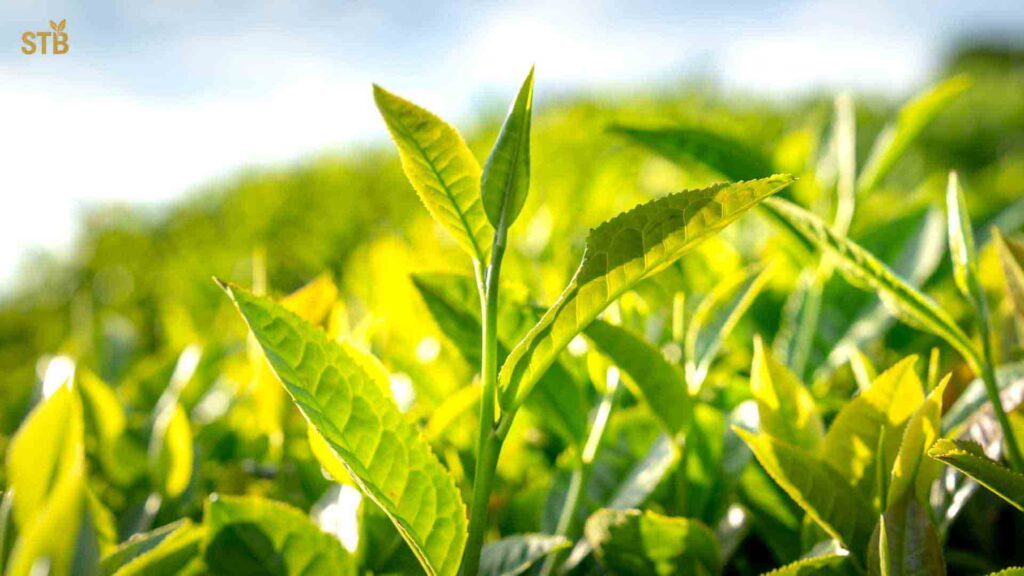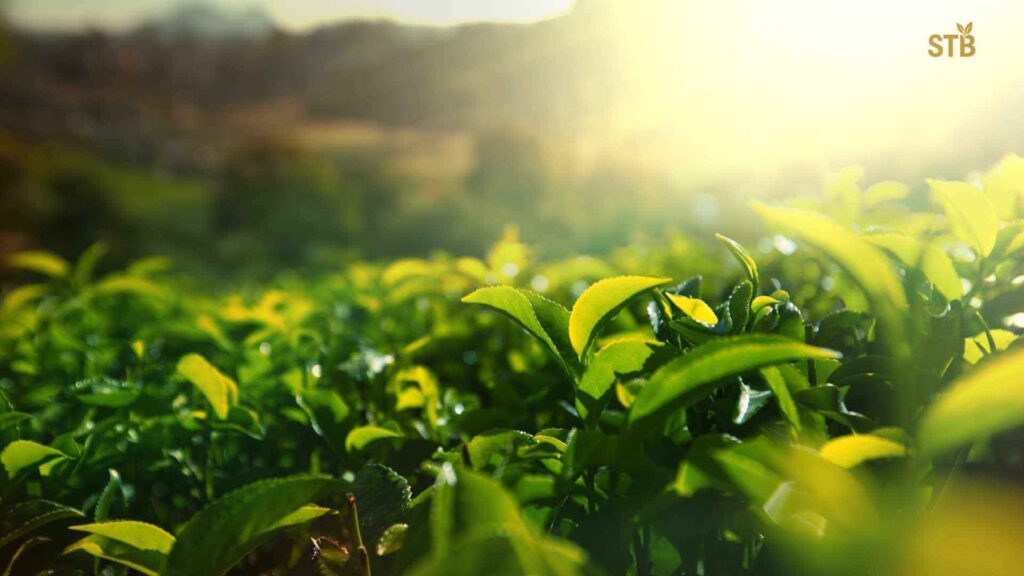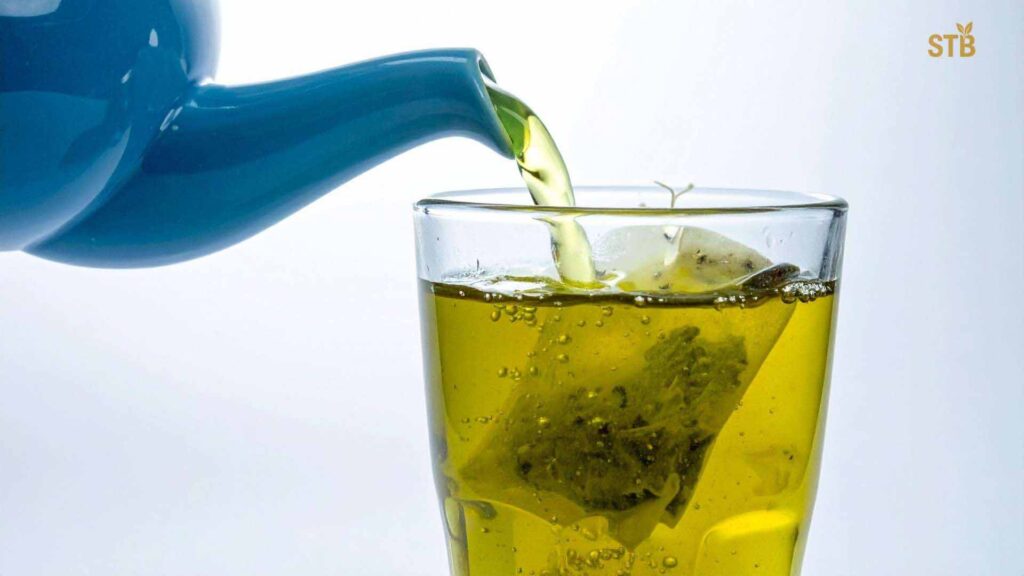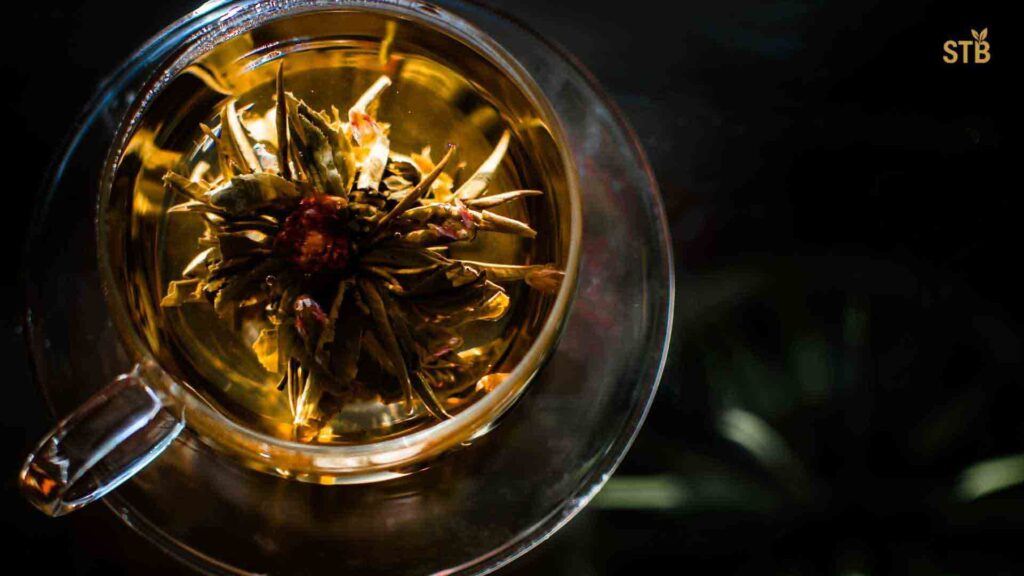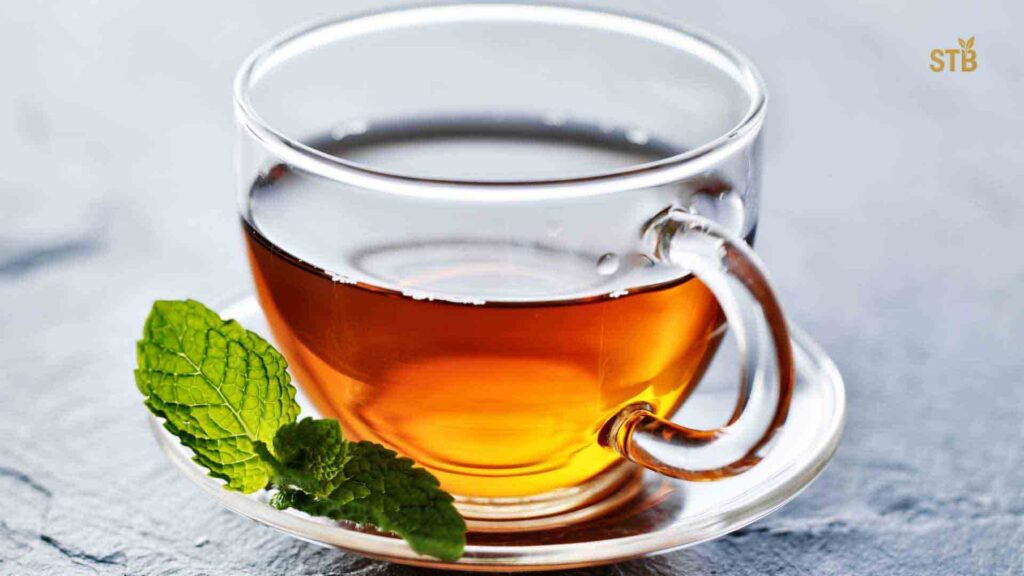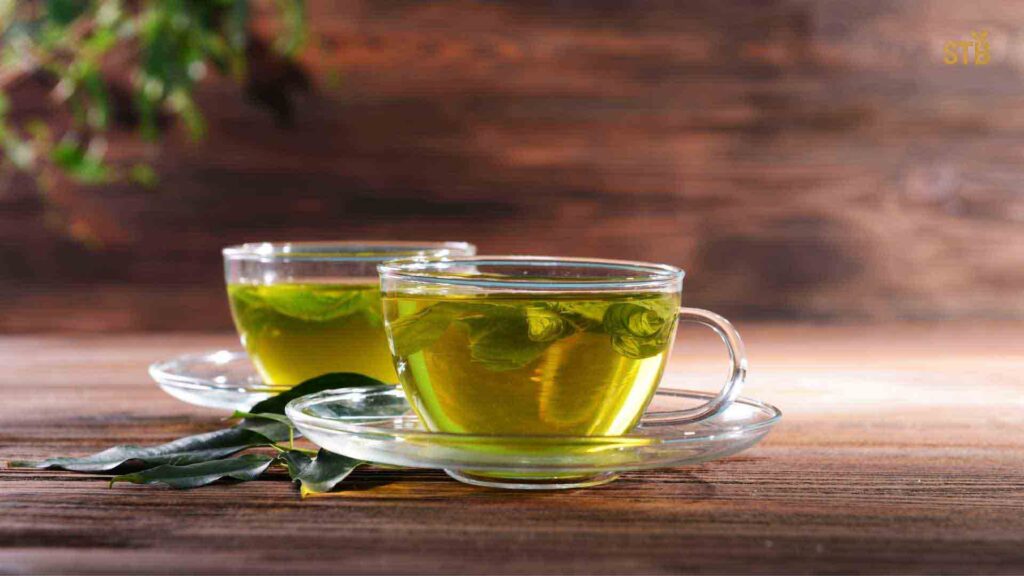Sreemangal (Srimangal) is a town in Sylhet Division known for its endless green hills and tea gardens. Its nickname “tea capital” comes from having most of Bangladesh’s tea estates on its hills. In local lore it’s called “the land of two leaves and a bud” (Bangladesh’s tea motto) because every slope is planted with Camellia sinensis bushes. The region’s unique climate – heavy rainfall, foggy mornings, and loamy soil – creates ideal tea-growing conditions.
Sreemangal receives the highest rainfall in Bangladesh, making its landscape especially lush in the rainy season. As one tourism board note describes, the terraced tea gardens drape Sreemangal like a “mystic” emerald carpet. Its history dates back to the British colonial period when tea plantations were first established in the Sylhet region, shaping Sreemangal’s economy and providing livelihoods for thousands of workers.
Bangladesh’s tea industry began under the British in Sylhet (mid-1800s), and Sreemangal’s gardens grew from this heritage. Today Sreemangal tea gardens are a living history: colonial-era estates like Malnicherra (Sylhet) and nearby plantations show old bungalows and factories alongside new bushes.
These estates span vast areas – by some counts, Sreemangal hosts miles of emerald fields and even the world’s largest tea garden. Such scale cements Sreemangal’s role in Bangladesh’s identity as a top-10 tea producer globally. In fact, Sreemangal’s huge plantations and ideal terroir make its black teas brisk and robust, much prized both locally and abroad.
A visit to Sreemangal offers a multifaceted experience. Tourists can explore the vast tea estates, learn about the production process, and visit unique landmarks like the Nilkantha Tea Cabin, which serves the famous Seven-Color Tea.
Beyond the tea gardens, Sreemangal is a hub for ecotourism, with attractions like Lawachara National Park, a tropical rainforest home to diverse flora and fauna, and Baikka beel, a sanctuary for thousands of birds. Visitors can also immerse themselves in local culture by staying in tribal villages and experiencing the lifestyle of the Manipuri and Khasia communities.
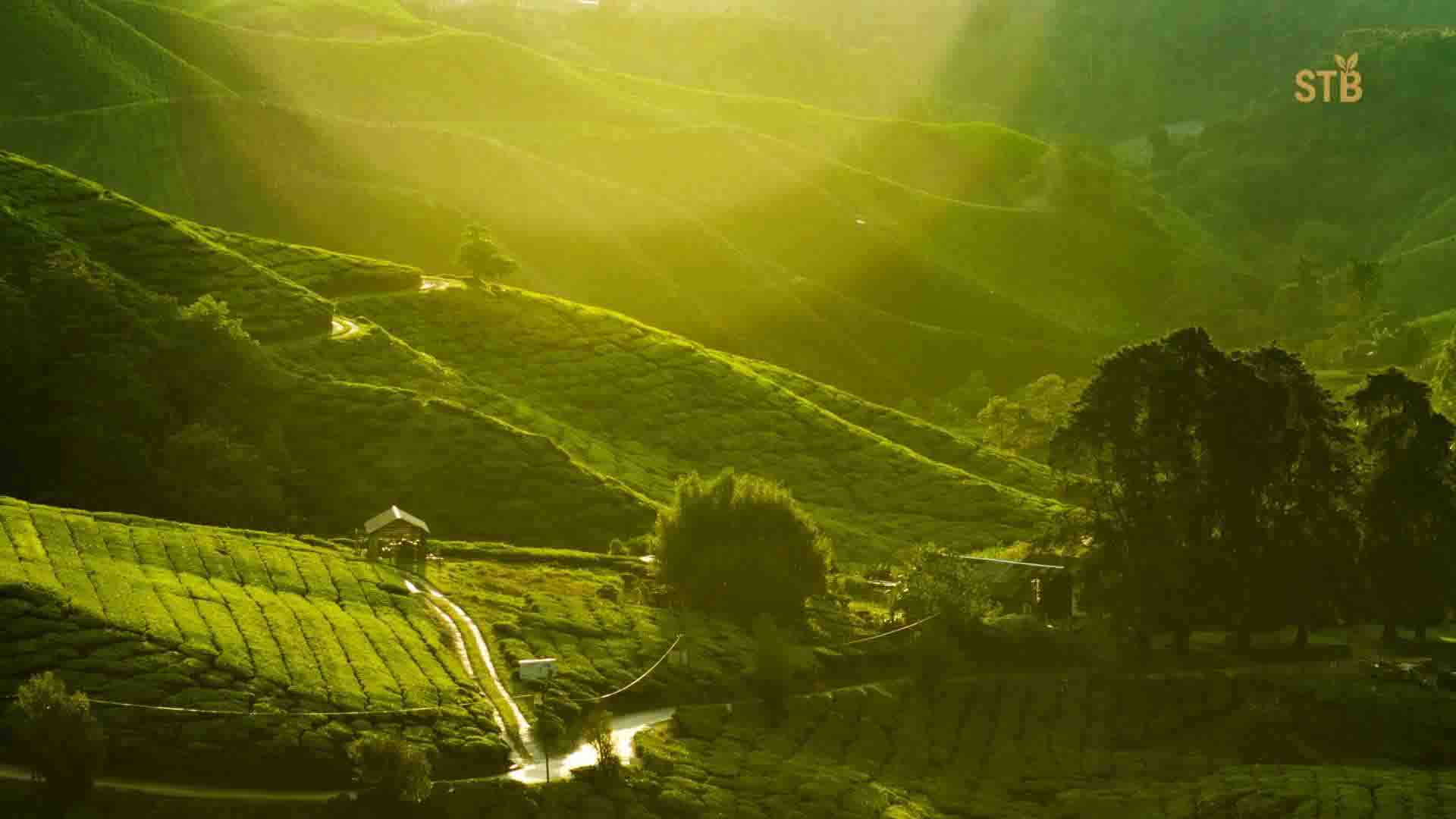
History and Heritage of Tea in Sreemangal
Tea cultivation in Sreemangal traces to the British colonial era when Sylhet hills were identified as perfect for tea. The first commercial tea garden in the subcontinent, Malnicherra (near Sylhet city), dates to 1857. Soon after, plantations expanded into Moulvibazar District (where Sreemangal is located).
British planters introduced modern plucking and processing methods; estates grew under successive local entrepreneurs. Over time, local communities embraced tea: by independence, Sylhet’s tea output was vital to the economy, and Sreemangal’s estates passed into Bangladeshi ownership.
Today Sreemangal’s tea heritage is celebrated in its tea trails and museums. The Bangladesh Tea Research Institute (headquartered in Sreemangal) built on colonial foundations to improve local tea science.
Modern festivals and tours highlight this history: visitors can still see old machinery and bungalow mansions from the 19th century, now living monuments amid the tea rows. In short, walking Sreemangal’s tea estates feels like stepping into history. The gardens keep alive traditions of hand-plucked tea and ancestral farming knowledge, passed through generations.
Sreemangal Tea Gardens: Emerald Landscapes
Sreemangal’s tea gardens are its most iconic feature. Vast plantations of neatly clipped bush cover the rolling hills for as far as the eye can see, often described as a green carpet. These gardens, such as Finlay Estate and others, produce a large share of Bangladesh’s tea.
Many estates offer factory tours: you can watch workers hand-pluck the tender two leaves and a bud and visit traditional rollers and dryers where fresh leaves become black tea.
- Largest Plantations: Sreemangal reportedly contains the world’s largest tea garden. Along its hills lie hundreds of contiguous estates. One scenic drive is along Noorjahan Tea Garden, noted by travelers for especially photogenic slopes.
- Tea Tourism: The Bangladesh Tea Board even promotes tea tourism in Sreemangal. Projects include heritage trails and tea tasting resorts (e.g. Grand Sultan Tea Resort). Guided walks let visitors pick tea leaves themselves, followed by fresh cups of estate tea under the shade of bamboo groves.
- Flora and Fauna: These gardens are not just farms but semi-wild environments. The plantation rows intersperse with native forests and wetlands (see Madhobpur Lake below), providing habitat for birds and small wildlife. Some guides point out that Sreemangal’s biodiversity – from wild orchids to monkeys at the forest edges – is sustained by the tea-covered hills.
Every corner of a Sreemangal tea garden tells a story: from sun-dappled laborers plucking leaves to mist rising over dew-soaked bushes. As one blogger observes, the “row-patterned hillsides of tea bush” leave no doubt why Sreemangal is a national tea hub. For tea lovers and photographers alike, the scenery is irresistible.
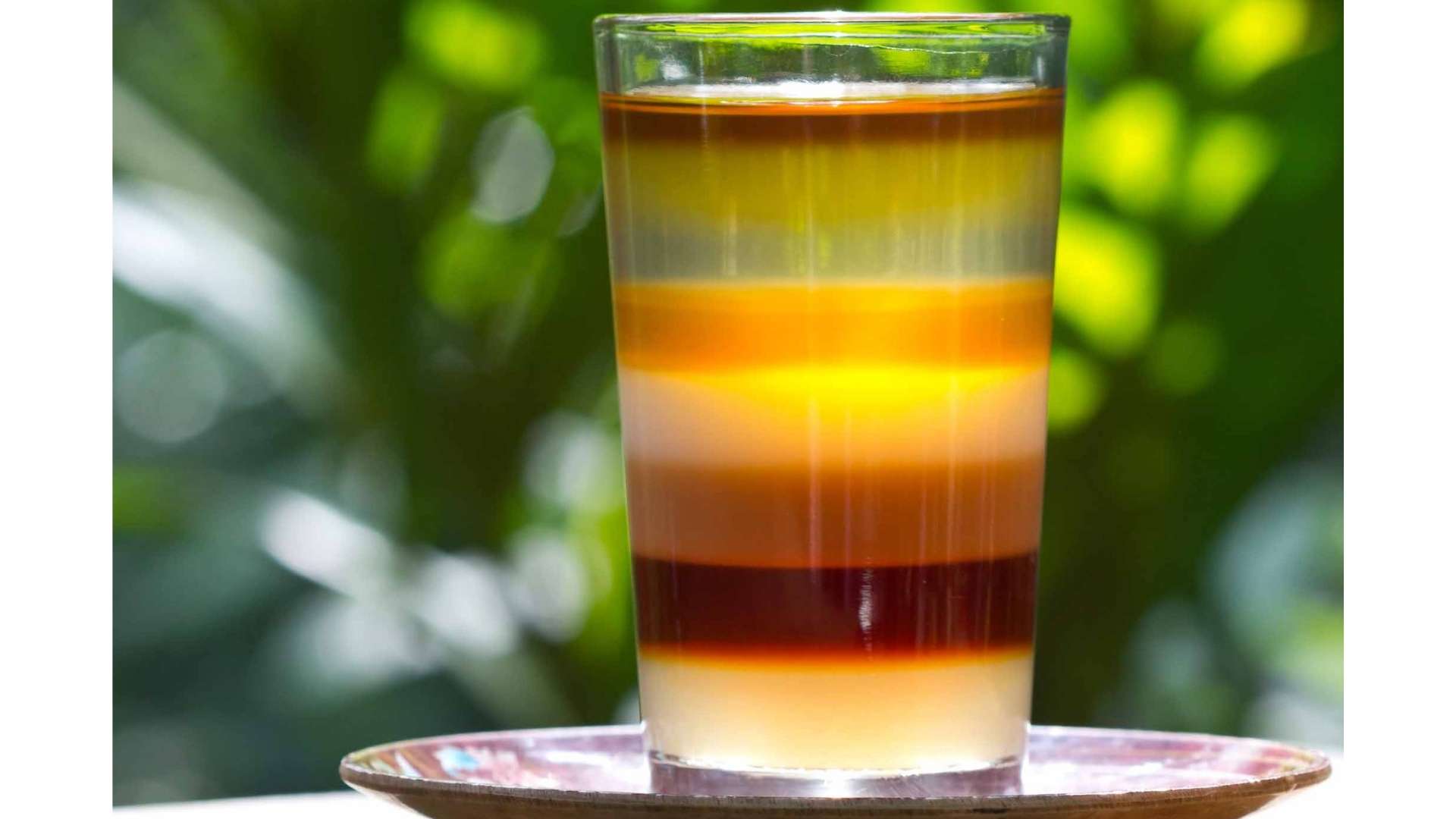
The Seven-Color (Seven-Layer) Tea
One of Sreemangal’s most famous innovations is Saat Rong Cha (Seven-Color Tea). This eye-catching drink layers seven different teas and syrups in a tall glass, each with its own color and flavor. The effect is literally a rainbow of tea. Seven-Color Tea was invented here in Sreemangal by local shop owner Romesh Ram Gour, who used differences in tea density to create distinct layers.
This modern tradition has become a symbol of Sreemangal’s creative spirit. Visitors flock to Nilkantha Tea Cabin and other local cafés to try it. The Guardian even featured this drink as making “rainbows in a glass”. While not a centuries-old custom, it has quickly taken on cultural meaning: trying Seven-Layer Tea is often considered a must-do in Sreemangal.
For example, The Daily Star notes Sreemangal’s innovation in tea culture – including layered teas – reflects its status as a renowned tea growing hub. Other tea traditions in Sreemangal include strong masala cha (spiced milk tea) at roadside stalls, and the local custom of “dudh cha” (milky black tea) with condensed milk. But the layered tea remains unique to this region, a fun way to taste multiple flavors at once.
Sreemangal Attractions Beyond Tea
While tea is the star, Sreemangal also offers many other draws for travelers:
- Lawachara National Park: A lush rainforest reserve just outside Sreemangal. Visitors trek through green forest paths to see monkeys (hoolock gibbons) and birds.. It’s great for nature lovers and is home to rare species (the great white-bellied heron was spotted here).
- Madhabpur Lake: A scenic freshwater lake amid the hills. It’s one of the most photographed spots in Sylhet – waters dotted with giant water lilies and surrounded by tea estates.
- Baikka Beel Wetland: Nearby, this large marsh attracts migratory birds. Bird-watchers can spot storks, herons, and rare warblers in winter.
- Khasia Tribal Villages: The indigenous Khasia people live around Sreemangal. Tours can introduce visitors to their matriarchal culture (women lead farming and business), traditional bamboo crafts, and betel leaf gardens.
- Tea Gardens Tours: As mentioned, estates like Finlay, Balisera and Noorjahan offer guided walks through tea fields and factories.
- Golf and Resorts: Sreemangal is unusual for Bangladesh in having golf courses (e.g. Grand Sultan Golf Resort) set among tea hills. Luxurious accommodations like tea bungalows and forest lodges cater to tea tourists seeking comfort.
- Local Markets: Sylhet-style handicrafts and tea shops abound. The Monipuri (Manipuri) community is famed for handwoven garments, which visitors can buy at bazaars near Sreemangal.
Key highlights: Sreemangal’s attractions combine nature and culture. Tourists often describe feeling a refreshing “tranquil bliss” away from city life. From serene tea fields and tribal villages to national parks and lakes, it’s a green escape.

Best Time to Visit Sreemangal
Sreemangal’s subtropical climate defines the visiting seasons. The safest and most comfortable time is winter (November to February), when days are mild and sunny. During winter, the tea gardens are still green (though slightly drier than monsoon) and outdoor treks are pleasant.
The monsoon season (June to October) brings heavy rains and mist that make the hills emerald-green. This looks spectacular, but roads can be slippery and some trails impassable. The rainfall nourishes the tea bushes, so the scenery is at its most lush. If you visit in summer (March to May), expect warm, humid days. Afternoon showers are common, especially by May.
In summary:
- Winter (Nov–Feb): Cool and ideal for touring tea gardens and parks.
- Monsoon (Jun–Oct): Verdant landscapes, but plan for rain gear and flexible travel.
- Summer (Mar–May): Hotter, not peak travel season.
How to Get to Sreemangal
Sreemangal is about 190–200 km northeast of Dhaka, the capital. It’s well-connected:
- By Road: Many buses (normal and AC) run daily between Dhaka and Sylhet, and through Sylhet to Sreemangal. The journey takes roughly 5–6 hours by highway. There are also direct Dhaka–Sreemangal buses (some even ferrying via Sylhet). Once in Sylhet, a local bus or rickshaw can take you the remaining ~30 km to Sreemangal. During travel, you’ll enjoy glimpses of Bangladesh’s countryside; if driving, be prepared for traffic congestion leaving Dhaka.
- By Train: Bangladesh Railway runs trains from Dhaka to Sylhet with scenic routes. From Sylhet station, travelers hire a car or take a minibus to Sreemangal (about 1–2 hours). The train ride plus road gives a relaxed alternative to buses.
- By Air: The nearest airport is at Sylhet (Zia International Airport, about 30 km from Sylhet city). From there, you must continue by road. There are also flights from Dhaka’s airport to Sylhet. In practice, most foreign tourists fly to Dhaka, then take a land route.
Once in Sreemangal, local transport includes auto-rickshaws (CNG) and hired cars. Many tea estates and parks can be arranged via tour operators or your hotel. The key takeaway: Sreemangal is accessible by standard tourist channels; plan extra travel time for rural roads.
Conclusion
In short, Sreemangal’s tea gardens are more than farmland – they are Bangladesh’s green heart. Its vast emerald fields, colonial tea heritage, and unique delights like the Seven-Color tea make it a must-visit destination. Whether you sip a cup at a roadside tong (tea stall) or stroll a misty plantation, Sreemangal offers a sensory journey through Bangladesh’s culture and landscape.
Ready to experience Sreemangal’s famed tea yourself? Discover our selection of premium Sreemangal tea blends and other Bangladeshi teas. Visit STB Leaf to shop authentic Sylhet teas and bring a taste of the tea capital to your home.

Frequently Asked Questions:
What is Sreemangal known for?
Sreemangal, in Sylhet Division, is known as Bangladesh’s Tea Capital. It has sprawling tea gardens that produce much of the country’s tea. Its misty hills and unique teas (like Seven-Color tea) make it famous among tourists.
Why is Sreemangal called the Tea Capital of Bangladesh?
Because it hosts hundreds of tea estates covering its hills, more than almost any other region. Bangladeshi authorities even brand Sreemangal as a tea tourism hub. The local climate (heavy rain, cool mist) yields ideal tea-growing conditions, so historically Sylhet (including Sreemangal) became the center of Bangladesh’s tea industry.
What is Seven-Color (Seven-Layer) Tea?
It’s a signature drink from Sreemangal consisting of seven layers of differently brewed teas, cream, and syrups. Invented by Romesh Ram Gour in Sreemangal, it separates into colored bands by density. Each layer has a unique flavor (sweet milky chai, lemon tea, ginger, etc.). It’s widely imitated across Bangladesh but originated here.
What are the main tea gardens or estates to visit in Sreemangal?
Notable estates include Finlay Tea Estate, Balisera Tea Garden, and Noorjahan Tea Garden. Finlay and others often offer guided tours showing production. Many travelers also visit Nilkantha Tea Cabin or Sathrong Restaurant to try Seven-Color Tea. Each estate offers its own scenic views of the emerald plantations.
When is the best time to visit Sreemangal?
The most comfortable time is November to February (winter), when the weather is cool and dry. The monsoon (June–October) makes the landscape lush and green but expect heavy rain. Summer (March–May) is hot and humid. Overall, winter is ideal for sightseeing, while monsoons showcase the tea garden beauty with frequent rain.
How do I travel from Dhaka to Sreemangal?
By road is common: daily buses (AC and non-AC) run from Dhaka to Sylhet, then onto Sreemangal. Travel time is about 5–6 hours by bus. Trains also go from Dhaka to Sylhet, from where you take local transport to Sreemangal. The nearest airport is Sylhet’s, followed by a 1–2 hour road trip. Most visitors reach Sreemangal via Sylhet city.
Are there non-tea attractions near Sreemangal?
Yes. Lawachara National Park, a rainforest sanctuary, is very close and famed for wild gibbons and birds. Madhabpur Lake is a scenic lake with water lilies. Indigenous Khasia villages offer cultural tours of a matriarchal tribal society. The Baikka Beel wetland attracts migratory birds in winter. These natural and cultural sites complement the tea gardens.
What types of tea are produced in Sreemangal?
Mostly high-quality black teas (for strong, malty brew) are grown here. Sylhet’s climate also produces fine green teas. Gardens focus on Camellia sinensis var. Assamica varieties suited for black CTC tea. Specialty blends (like scented chai) and the layered drinks are made with these local teas. Sreemangal teas are known for their robust flavor and rich aroma.
Can visitors tour tea factories in Sreemangal?
Yes, many estates offer tea garden tours where visitors can see leaf plucking, withering sheds, rolling machines, and firing ovens. Guides explain each step from leaf to cup. It’s a hands-on way to learn tea science in the Bangladesh Tea Research Institute’s historic region. Advance booking with estates or hotels often ensures a spot.
Why is tea so culturally important in Sreemangal?
Tea is deeply ingrained in Sylhet culture. Serving a hot cup of tea is a universal gesture of hospitality. The daily rhythms of village life and city cafes alike revolve around tea breaks. In Sreemangal, tea is literally part of the identity: from everyday masala chai to festival gatherings, the local community prides itself on its tea heritage. This cultural backdrop makes visiting the tea gardens a living tradition, not just a factory tour.
Authoritative travel and cultural guides, official Bangladesh tourism information, and STB Leaf’s own research on Bangladeshi tea

